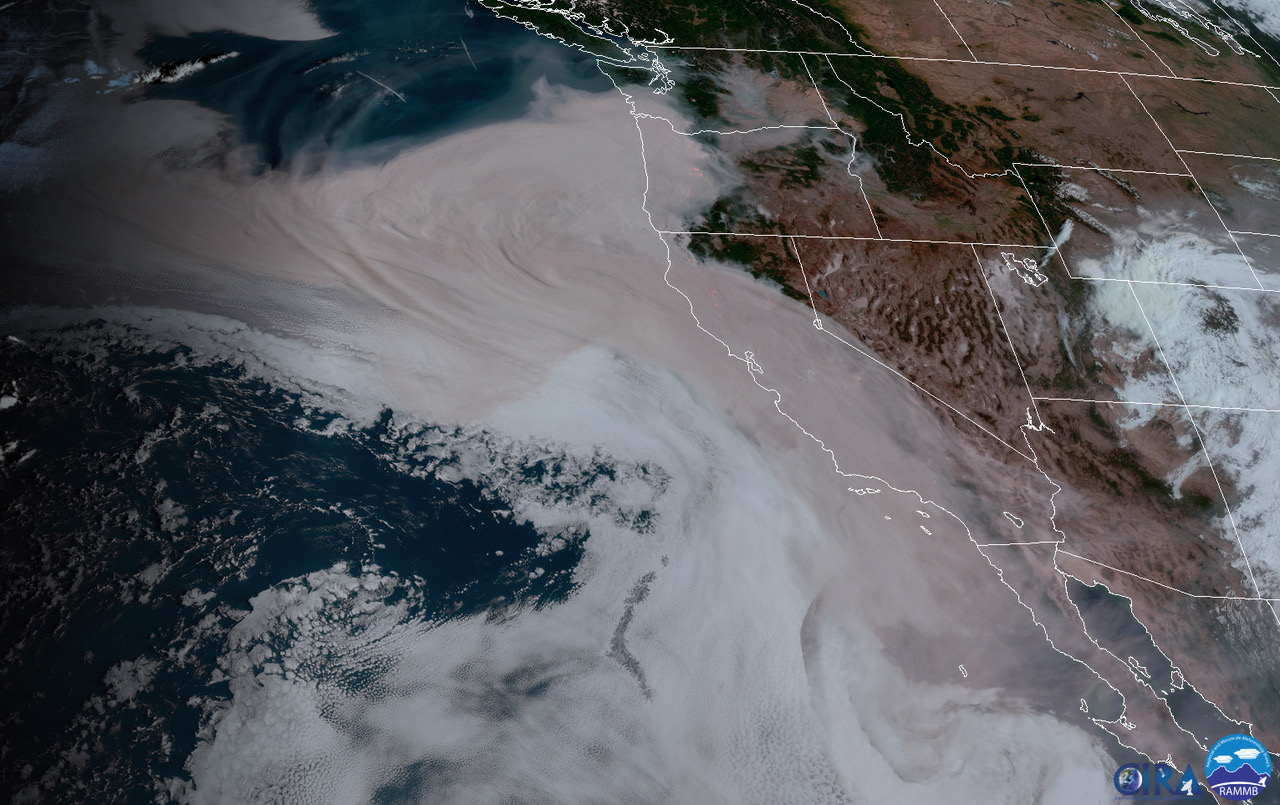Wildfires and the Entanglements of Space
Anousheh Kehar

With fire: Architectural praxis and living as guests on unceded lands of the
Maidu,
Miwok,
North Fork Mono,
Patwin,
Wintun,
…,
While fire functions in many life-giving capacities, destructive capacities of fire come to the forefront with the wildfires across the unceded lands of what is called the US State of California. Fire/Burning has long been a part of living on these lands, producing and shaping Indigenous worlds prior to their unmakings into the State of California. One core aspect of the research is making visible the conolnial/settler colonial shift from fire as a practice related to living, i.e. fire as a way of writing the world, to fire as wild, i.e. a nuisance, as uncontrollable and unwanted. However, there is a growing shift from desires for fire exclusion and fire suppression to put more fire on the land on the part of the State.1 Through the project, I ask how one might, from architecture, learn to rethink with fire and its life-giving capacities as part of living as guests. From architecture, while thinking across the fields of Geography and Native Studies the project highlights and develops ways of reimagining collective futures.
Studying the relations of wildfires and the wildland-urban interface with the City of Corona (Acjachemen, Payómkawichum, Tongva lands) and Mariposa County (Miwok lands), the project engages with perceptions of fire with the continuation of California on Indigenous lands. This line of investigation brings into focus the ways in which the social environment is shaped by transforming fire regimes at different registers. It makes visible the operative mechanisms congealed in extractivism and aesthetics by closely looking at the continuities and discontinuities of the architectural, urban, suburban, and of National forests, National parks, and the Prison-Industrial Complex.
The once widespread Indigenous fire practices referred to as cultural burning are reduced to a diminished presence today, especially for those not looking, intertwined and enshrined in ongoing land occupation and continuing changes in land use. However, even though much less than what they once were, Indigenous fire practices exist today, albeit in different capacities of practice and/or knowledge than they did when these lands were under the stewardship of the respective Indigenous people. Looking to the work of Native scholars and fire practitioners (North Fork Mono, Maidu,..), the project considers how each of them opens opportunities for reconfiguring the socio-spatial-environmental relations for living through cultural burning. These continuing fire practices are what build the political interest in allowing more use of fire in the state today. The nuances of the life making characteristics of fire have the potential to shape the landscape today in a way that create safe living environments. Using this premise as a force of change, the research looks as varied practices, policies and regulations at federal, state, and municipality levels to determine that which can be orperationalized toward restoring ways of living with fire.
Taking seriously the proposal of living as guests, the project looks to fire-practitioners and fire-scholars for rethinking with the complexities of fire on these unceded lands a more relevant architectural praxis —centering life and cultural and social reproduction.